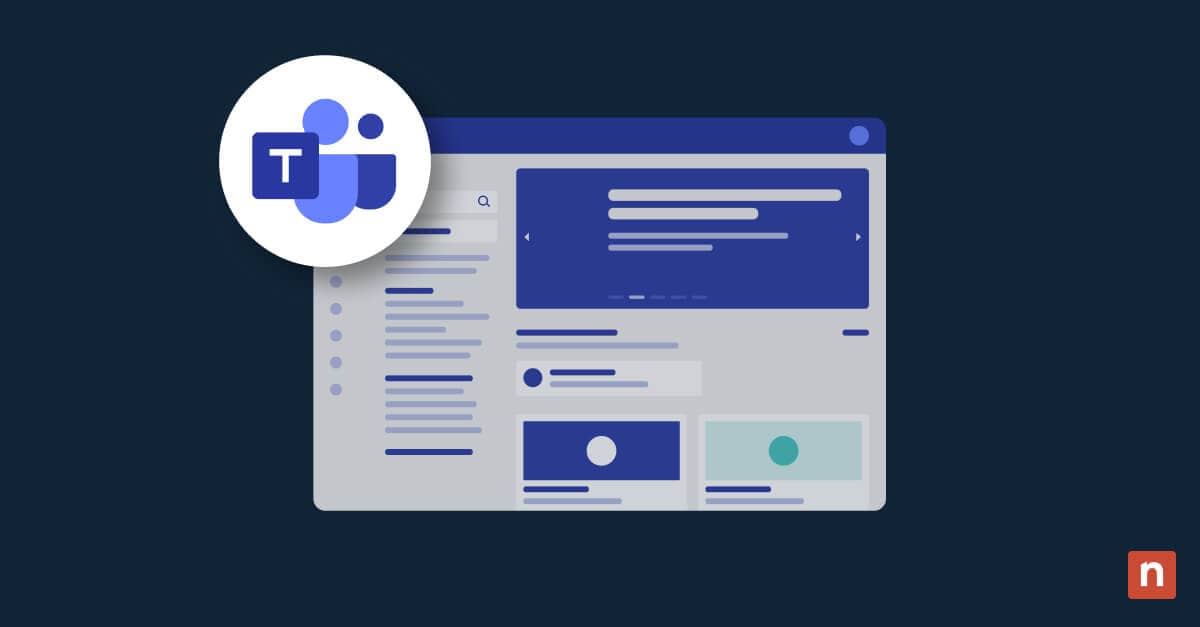🔑 Key Points (for summary box / snippet optimization)
- The Digital Operational Resilience Act (DORA) applies from January 2025 and requires EU financial institutions and ICT providers to meet strict standards for resilience, risk management, and incident reporting.
- Microsoft tools like Defender, Sentinel, Azure, and Purview map closely to DORA’s five pillars: ICT risk management, incident reporting, resilience testing, third-party risk, and information sharing.
- Microsoft Purview Compliance Manager and contract mapping help institutions align with DORA’s governance and vendor oversight requirements.
- Defender for Cloud, Sentinel, and Defender for Office 365 support detection, response, and evidence gathering for ICT risk and incident reporting.
- Full compliance is not automatic — organizations must integrate Microsoft solutions into a broader compliance framework, maintain a Register of Information, and conduct required TLPT (threat-led penetration tests).
The Digital Operational Resilience Act (DORA) is the EU’s latest cybersecurity regulation for financial institutions. Microsoft compliance solutions such as Microsoft Defender, Azure, and Purview play a key role in helping organizations meet DORA requirements.
If you’re wondering how your organization or IT infrastructure will be supported anew with Microsoft DORA compliance, here’s an overview.
How Microsoft helps with DORA compliance
Microsoft has a diverse portfolio that caters to the financial sector, including Microsoft Cloud for Financial Services, Microsoft 365, Microsoft Azure, and more. Therefore, it already has strong ICT protocols and is among the first to map out its preparation for DORA compliance. Under DORA, Microsoft aims to:
- help customers successfully meet their contractual commitments;
- manage ICT risks and establish an internal governance and control framework; and
- reinforce services for incident management, classification, and reporting.
For example, Microsoft Defender for Cloud and Azure Security Center can provide customers with continuous threat detection and response. Meanwhile, Microsoft Purview can establish resilience testing and incident information sharing to meet new regulations.
These are all beneficial integrations, but how can they help you construct a DORA compliance checklist? With that in mind, let’s examine how some of these applications work with the five pillars of DORA regulation.
ICT risk management
The most critical aspect of DORA compliance is ICT risk management, and Microsoft is putting Advanced Threat Protection (ATP) and Microsoft Sentinel at the forefront of proactive threat detection and response.
IT operatives can rely on ATP for real-time protection against cyberattacks. It uses AI-driven analysis and machine learning algorithms to analyze emails, attachments, and links before the user can take action. It also uses sandboxing technology to isolate threats in a secure environment. On the other hand, Microsoft Sentinel can identify vulnerabilities and provide actionable security insights and analytics.
Integrate Microsoft Defender for Office 365 (email/collab), Defender for Endpoint, Defender for Cloud, and Microsoft Sentinel (SIEM/SOAR) into your ICT risk framework for prevention, detection, response, and recovery.
Incident reporting and management
Microsoft Defender and Compliance Center are the two leading solutions that Microsoft offers for detecting and swiftly reporting ICT-related incidents. The former is integral in the early detection of security threats, while the Compliance Center presents a centralized dashboard for monitoring and reporting.
These components give regulated entities a comprehensive incident reporting and management scheme that caters to the DORA’s compliance requirements. Both software integrations also improve efficiency with automated workflows for assessing, documenting, and reporting incidents promptly and accurately.
Organizations can also leverage Microsoft’s Security Information and Event Management (SIEM) solution, Sentinel, and its AI-powered analytics and detection protocols to reinforce security policies.
Resilience testing
Operational Resilience is the overarching goal that DORA aims to achieve within the EU. To support this goal, customers can use Azure Security Center for updated security assessments and resilience testing among their ranks.
Azure can consolidate the latest security insights to facilitate and maintain up-to-date testing environments that comply with DORA’s cyber-resilience provisions. As a reminder, financial institutions will also share responsibility for making sure third-party service providers are up to speed with their training.
The Microsoft Cybersecurity Reference Architectures (MCRA) can help you learn more about integrating Microsoft’s cybersecurity capabilities and technologies into your risk management framework.
Third-party risk management
When it comes to governance and compliance capabilities, Microsoft Purview is one of the best in its class.
It also excels at managing third-party services by providing organizations with complete visibility into their data structure, including oversight of the data held and processed by the providers. As such, Microsoft Purview provides unified data management capabilities that can help regulated institutions swiftly comply with regulations.
💡TIP: Use Purview Compliance Manager to track DORA compliance requirements and leverage Microsoft’s DORA contract mapping/addendum for Microsoft services.
Information sharing and governance
Aside from its suite of productivity and communication tools, Microsoft 365 already addresses many ICT-related protocols, especially with the Microsoft 365 Compliance Center. From data loss prevention (DLP) to automated auditing, the Compliance Center can provide IT admins with robust management tools for controlling assets and managing compliance. In addition, Microsoft offers various secure avenues for shareholders to communicate.
Best practices for implementing DORA compliance with Microsoft
Automating risk assessments and security controls
There are many reasons to automate business processes other than reducing human error. IT automation can allow businesses to redistribute assets more efficiently, standardize workflow, and improve security controls. For example,
Azure RBAC (Role-Based Access Control) can be used to refine access over your assets, which helps ensure user-level compliance and strengthen organizational efficiency.
Regular security testing and resilience drills
Several DORA articles have highlighted training and awareness. More importantly, the document maintains financial organizations’ responsibility to train their staff and suppliers in accordance with EU regulations. The good thing is that investments in training always pay off—almost immediately and for the long haul.
Establishing a compliance framework with Microsoft tools
A compliance framework is essential for establishing a comprehensive and efficient risk management solution. A structured approach and a clear outline of policies and assets can help your organization adapt to evolving regulations much quicker and proactively remediate gaps in the system.
Mapping out an effective strategy for DORA compliance
Microsoft tools and services can provide a solid front for establishing DORA compliance. However, there can also be crucial advantages to diversifying your IT infrastructure. Some processes, like automated reporting and documentation, can be optimized further using integrated solutions from other specialists. What’s important is that whatever you add complements your Microsoft applications and reinforces your alignment with DORA provisions.








